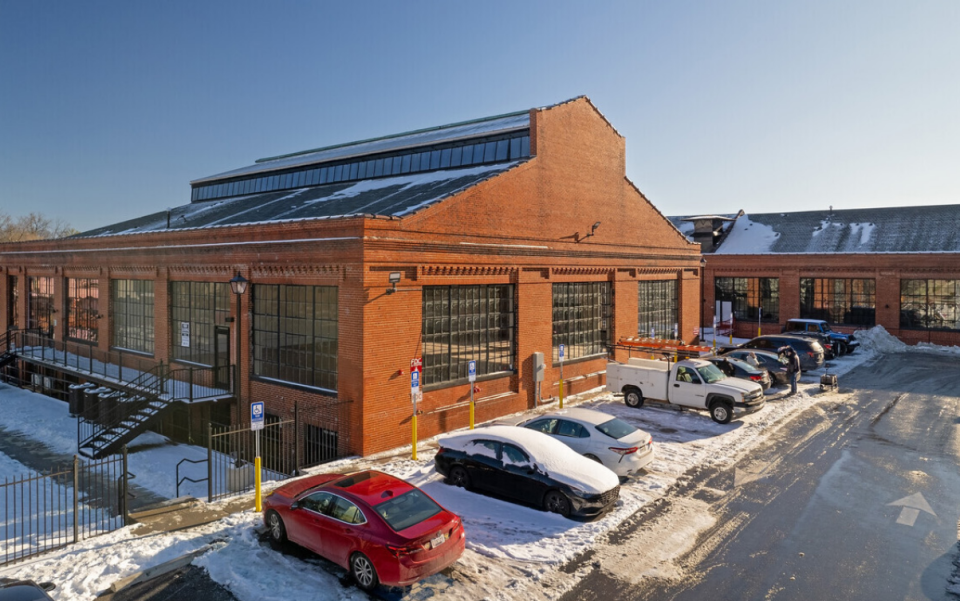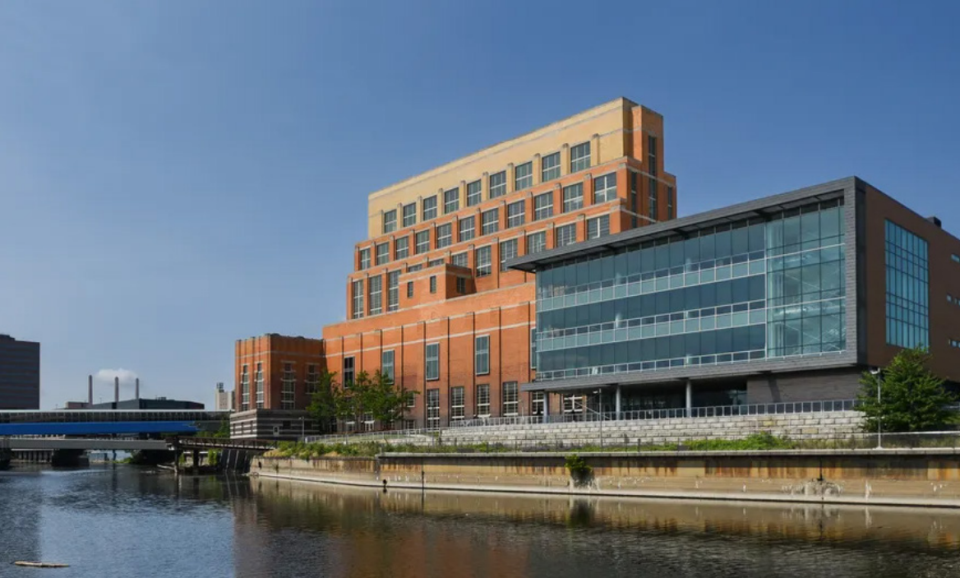Six Community Actions that Drive Brownfields Revitalization
- This resource outline six key steps communities can take to overcome barriers and successfully reuse brownfield sites:
- Engage Stakeholders Early — Build local support through inclusive, ongoing outreach.
- Develop a Clear Vision — Inspire investment with a shared, realistic reuse plan.
- Prioritize Resilient Design — Incorporate sustainability and long-term value.
- Map Out a Resource Roadmap — Align project phases with funding opportunities.
- Remove Redevelopment Barriers — Address contamination, zoning and permitting early.
- Connect with Developers and End-users — Promote the site and celebrate progress.
- Download the two-page summary: Six Community Actions that Drive Brownfields Revitalization (pdf) (700.27 KB, June 2025)
- Download the full guide: Community Actions that Drive Brownfield Revitalization (pdf) (16.15 MB, June 2025)
As a local official, you can help overcome barriers to brownfield reuse and economic development. The six actions described below can help empower your community to move brownfield site towards redevelopment.
EPA's grant and technical assistance resources can support a range of site reuse planning activities. Reach out to your EPA Regional Brownfields and Land Revitalization contact to learn more!
1. Lead with stakeholder involvement
Revitalization doesn't just happen within City Hall. Community leaders, business owners, property owners, nonprofit organizations and residents are all important stakeholders. These groups should be invited up-front to help make decisions through meaningful engagement.
To ensure the project will serve your community's needs and succeed, you can:
- Connect directly with neighborhood residents affected by the redevelopment, and share how their feedback will be used to shape the project.
- Create a variety of opportunities for public involvement through in-person activities and online engagement while keeping your community up to date.
- Conduct a site reuse or land use assessment to identify property constraints, a market feasibility study to identify viable reuses and an economic impact analysis to show how the neighborhoods surrounding brownfields can benefit.
2. Create an exciting and realistic reuse vision
Concept plans, visually attractive site reuse plans and renderings will spur stakeholder imagination. These images can help to create a unified community eager for new jobs, safe recreation spaces or service amenities at the brownfield sites.

To ensure your project reflects your community's goals, you can:
- Build a site reuse vision that aligns your community's goals with market realities and site environmental conditions.
- Use the site reuse vision to show your community and local property owners what is possible and build momentum for the project.
- Share the site reuse vision when seeking public funding and financing and private investment.
3. Support resilient and sustainable benchmarks for revitalization
Beyond providing new economic opportunities, reusing long-blighted or underused properties can protect your community from environmental contamination, improve access to greenspace, use energy and water resources more efficiently and increase your community's capacity to respond to extreme weather or other disruptive events.
To build resiliency and sustainability into your project, you can:
- Prioritize infrastructure improvements to community safety, affordability and health.
- Manage stormwater safely on-site by incorporating appropriate green infrastructure approaches or nature-based solutions.
- Rebuild using durable materials appropriate for potential extreme weather events.
- Integrate energy- and water-efficient innovations to reduce costs over the long-term.
4. Create a Resource Roadmap
A transformative brownfield revitalization project typically involves many components, several phases and complex stacks of funding and financing. Breaking down the project into discrete activities that need funding and matching up possible funding sources can make this process more manageable.
To delineate the various components of your project, you can:
- Develop a Resource Roadmap. This tool helps you decide how to sequence revitalization activities, match them to the best funding sources and weave different funding sources into an effective capital stack.
- Work with your team to decide which grants, subsidized loans, financing, public and private investment you need to pursue. Consider preparing a Brownfields Investment Package.
5. Remove barriers to brownfield redevelopment
In most markets, potential buyers and future users could be hesitant to move forward due to unknown risks and potential additional environmental costs associated with brownfields. Investors often prefer a shovel-ready project site with strong community support because there are fewer risks and potential obstacles. Too much financial risk and time spent navigating obstacles will likely ruin the project.
To reduce financial risks and obstacles to a site reuse, you can:
- Leverage federal and state funding to investigate site conditions, develop cleanup plans and conduct site cleanup.
- Regularly update your community on project progress and continue engagement/feedback opportunities.
- Provide needed infrastructure upgrades.
- Expedite zoning changes and permitting approvals.
- Prepare market-ready site reuse scenarios that have support from project stakeholders.
6. Engage developers and end-users to help close the deal
Demand for reuse will vary depending on your community's real estate and labor market, site environmental conditions and developable area and community support for reuse.

To attract private sector investment, you can:
- Assemble multiple properties to create opportunity for a larger redevelopment.
- Create a plan to manage long-term environmental obligations.
- Spur developer interest by:
- working with your state or territory's economic development office, and
- evaluating market viability through outreach to the development community.
- Provide regular status and progress updates to interested parties.
- Build momentum and excitement by celebrating every project milestone and success!
